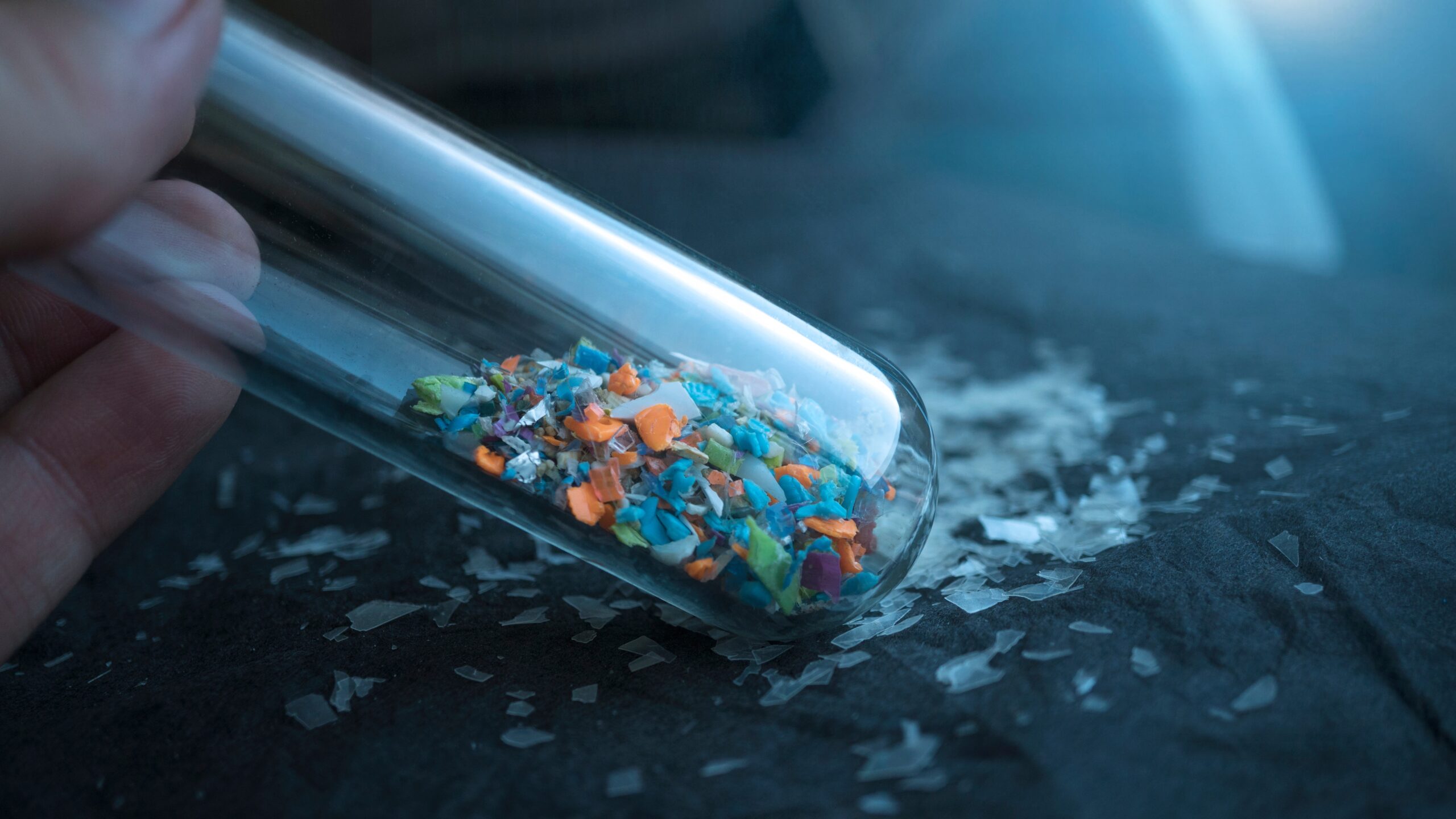Table of Contents

Your daily stick of chewing gum could be releasing hundreds of microplastic particles into your body, raising concerns about potential long-term health impacts that researchers are just beginning to understand.
At a Glance
- A UCLA study found chewing gum releases approximately 100 microplastic particles per gram, with most particles released in the first 2-8 minutes
- Surprisingly, both synthetic and "natural" gums released similar amounts of microplastics
- Regular gum chewers could potentially ingest around 30,000 additional microplastic particles annually
- Microplastics have been linked to various health concerns, though more research is needed to understand the full impact
Hidden Plastics in Your Favorite Breath Freshener
Most people don't realize they're chewing on plastic when they pop a piece of gum. Modern chewing gums typically contain synthetic ingredients including polyethylene and polyvinyl acetate - essentially plastics that give gum its characteristic texture and chewiness. These synthetic bases replaced natural chicle (tree sap) decades ago, transforming what was once a natural product into something partially plastic-based. The concern lies in what happens to these synthetic materials when subjected to the mechanical forces of chewing.
Research presented at the American Chemical Society conference revealed troubling findings about what happens during the simple act of chewing gum. A pilot study by UCLA researchers discovered that chewing gum can release approximately 100 microplastic particles per gram of gum. Microplastics are defined as tiny plastic fragments less than 5mm in size that have become ubiquitous environmental pollutants. What's particularly concerning is how quickly these particles are released - with most microplastics entering saliva within the first two to eight minutes of chewing.
Chewing gum increases risk of cancer — study
Chewing a single piece of gum can result in the release of thousands of toxic microplastics into the human mouth, which may be ingested and pose significant health risks.
DETAILS || #VisionUpdates 👉👉https://t.co/MsrUxl2zLU pic.twitter.com/bczOCtpZEd
— The New Vision (@newvisionwire) March 26, 2025
Natural Alternatives Aren't Necessarily Better
One surprising discovery from the UCLA research was that "natural" gums weren't significantly better than conventional options. The study tested five brands of synthetic gum and five brands of natural gum, finding similar levels of microplastic release in both categories. This unexpected finding suggests that even products marketed as more natural alternatives may still contribute to microplastic exposure through ingredients or manufacturing processes that aren't immediately obvious to consumers.
The most common polymer types identified in the saliva samples included polyolefins, polyethylene terephthalates, polyacrylamides, and polystyrenes - all synthetic materials with potential health implications. For regular gum users, this translates to a significant additional microplastic burden. Researchers estimate that an average person could ingest around 30,000 additional microplastic particles annually just from chewing gum, adding to the already concerning levels of microplastic exposure from food, water, and air.
Health Implications and Growing Concerns
While the full health impacts of microplastic ingestion aren't yet completely understood, preliminary research shows cause for concern. Microplastics have been discovered in various human organs, and some studies suggest associations between higher microplastic exposure and increased prevalence of serious health conditions including hypertension, diabetes, and stroke. The particles can potentially affect respiratory, digestive, and reproductive health, with some research even pointing to possible links with certain cancers.
It's important to note some limitations of the current research. The UCLA study was not peer-reviewed and was based on a single subject. It also didn't measure blood concentrations of microplastics after chewing. However, the findings are consistent with growing evidence about microplastic prevalence in the human body and environment. The research was funded by UCLA, the University of Hawaii, and supported by the National Institutes of Health and the California Protection Council.
Reducing Your Microplastic Exposure
For those concerned about microplastic exposure from chewing gum, several practical strategies can help reduce risk. Chewing a single piece of gum for a longer duration rather than using multiple pieces throughout the day can limit exposure since most particles are released during the initial minutes of chewing. Looking for microplastic-free alternatives is another option, though as the research suggests, careful label reading is necessary since "natural" claims don't guarantee freedom from microplastics.
Alternative breath fresheners like mint leaves, parsley, or cloves offer completely natural options. Advocating for greater transparency in labeling would help consumers make more informed choices. While completely eliminating microplastic exposure is nearly impossible in today's world, being mindful about gum consumption represents one practical step toward reducing your overall plastic burden and potentially protecting your long-term health.
AD
Most Recent
AD
